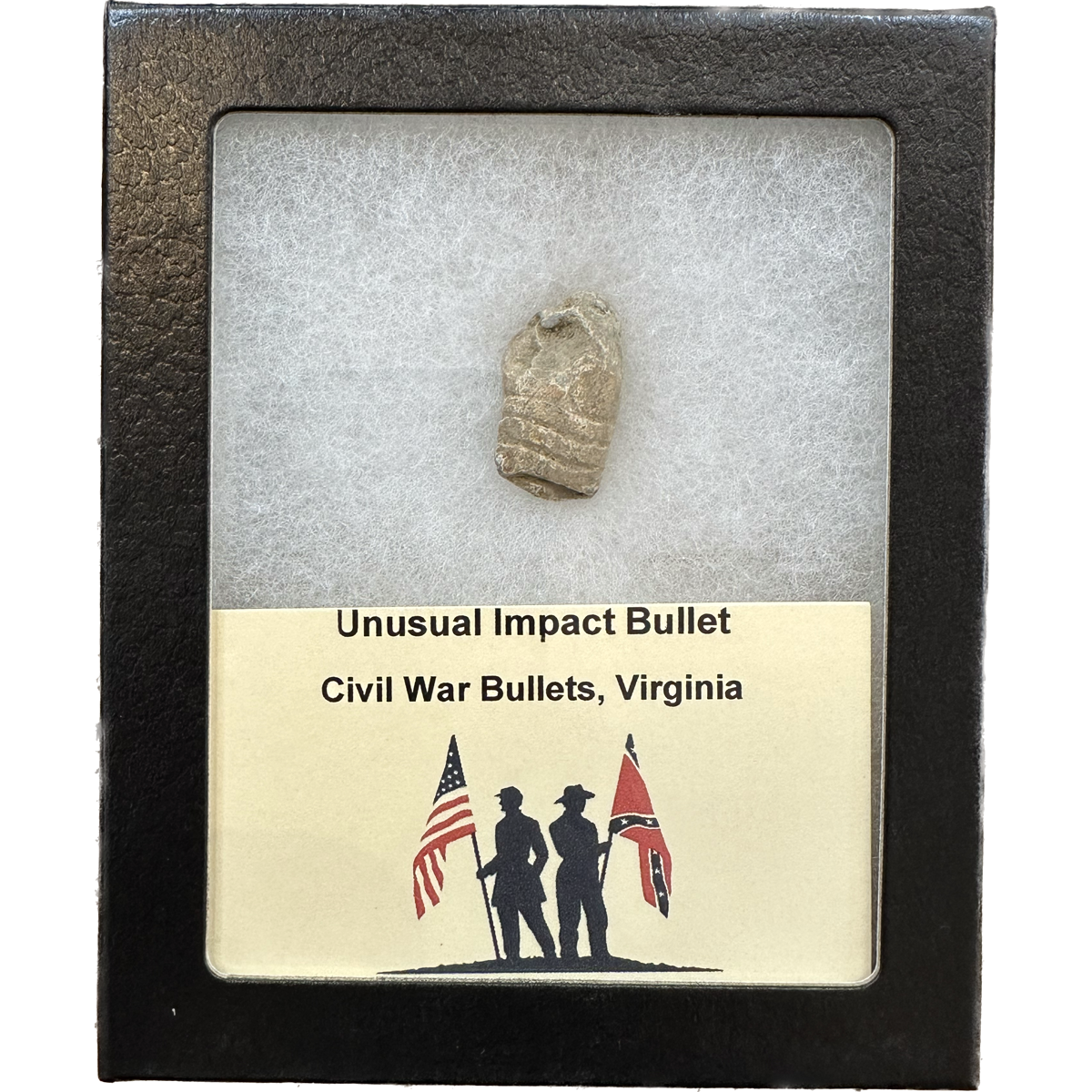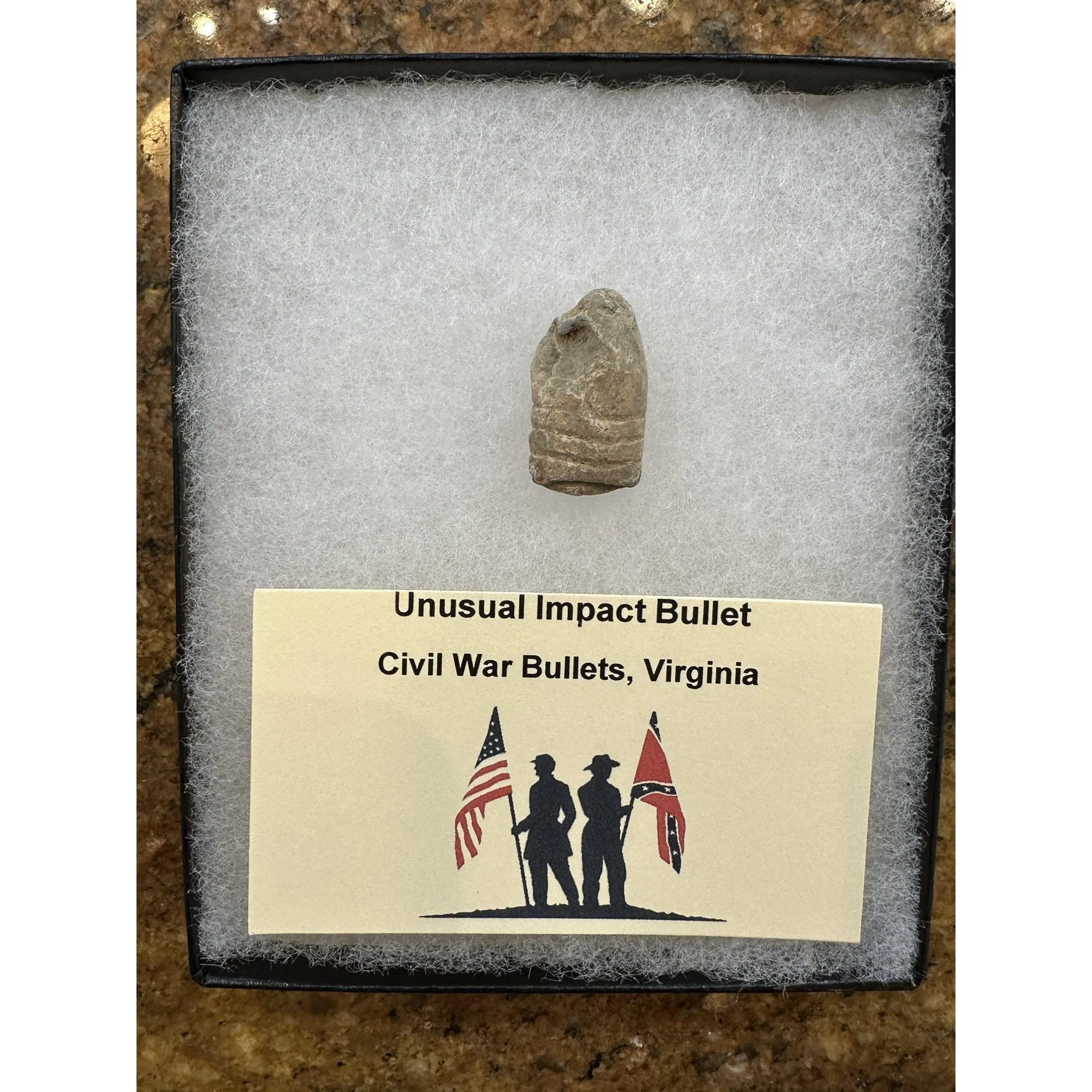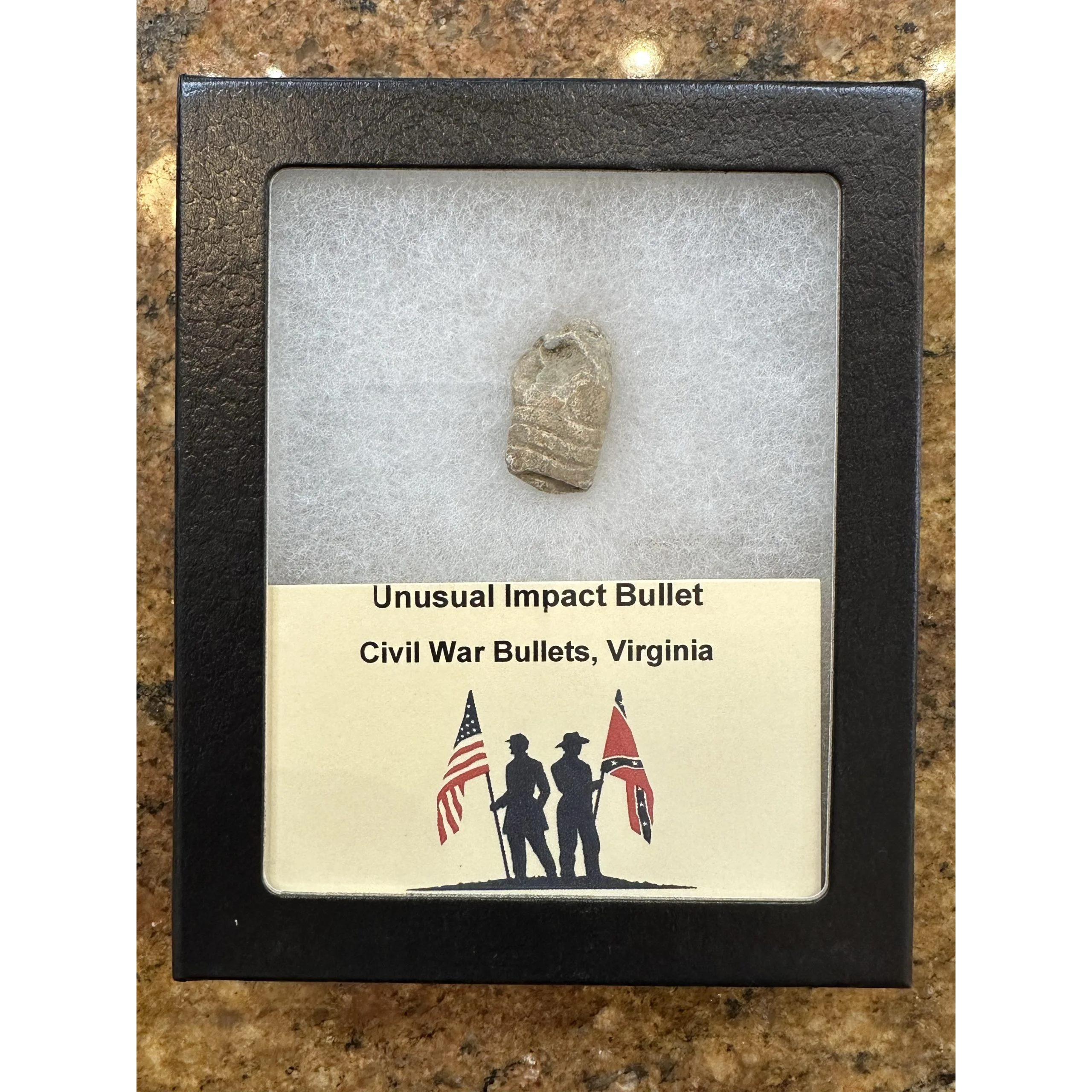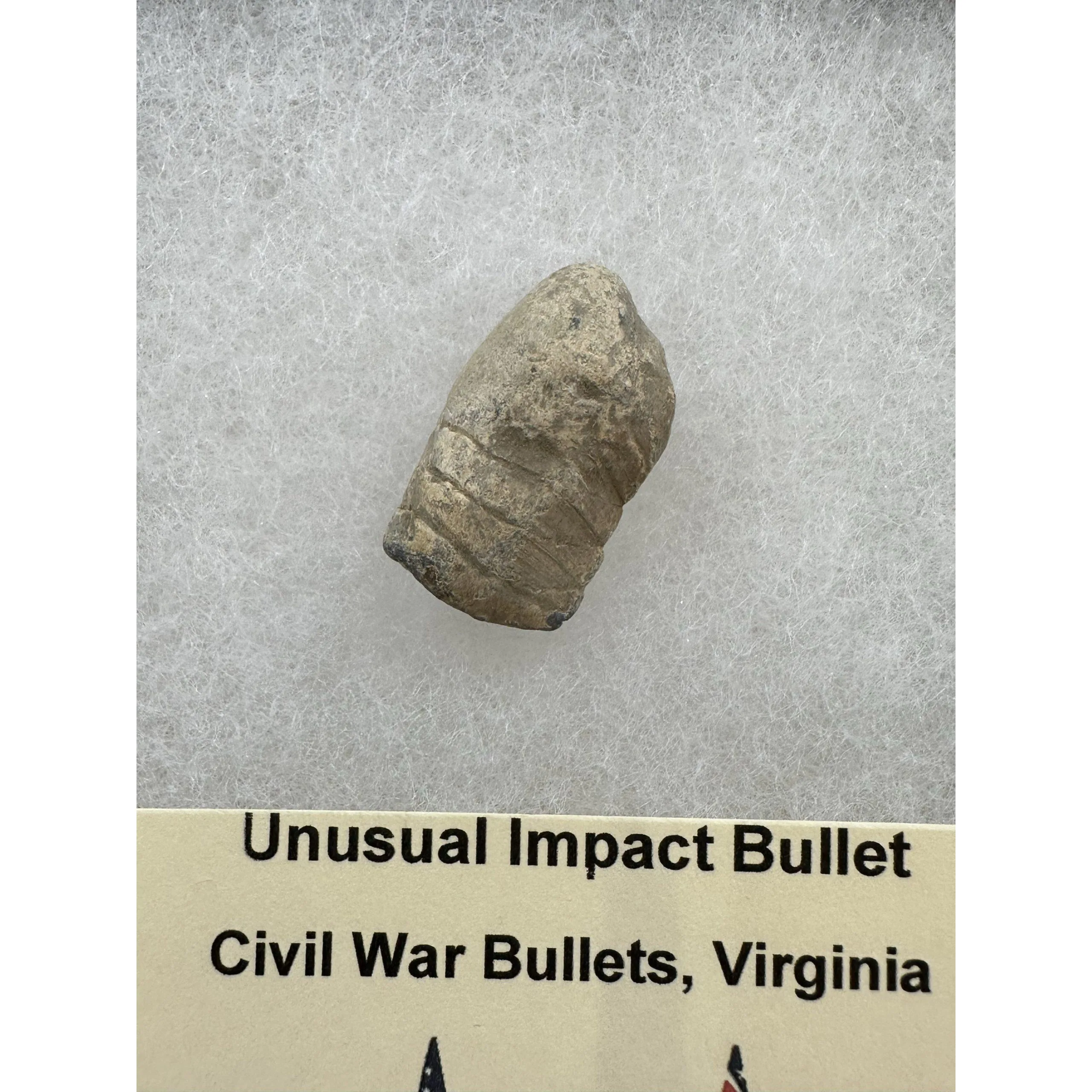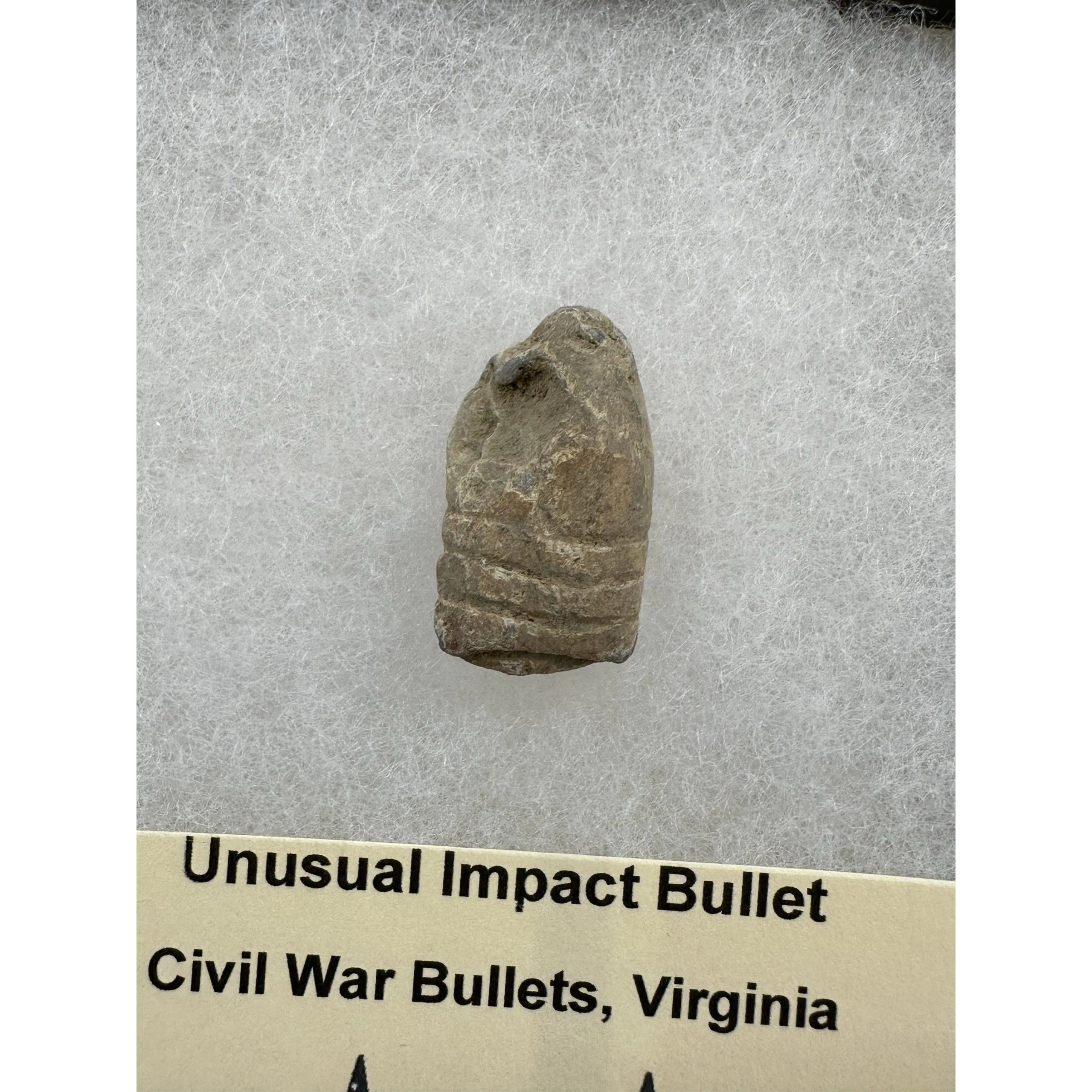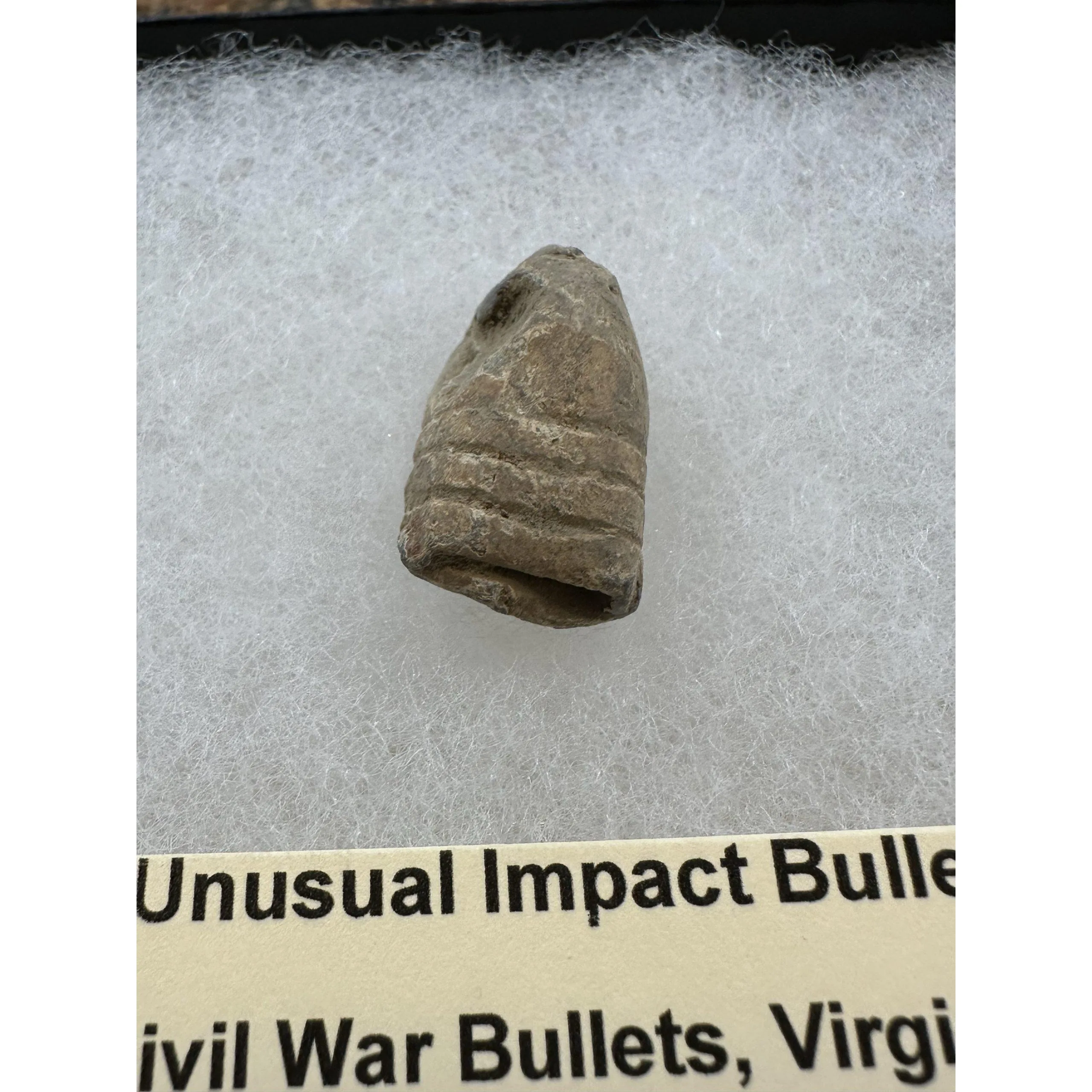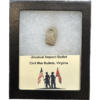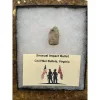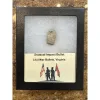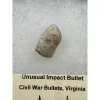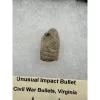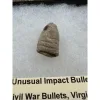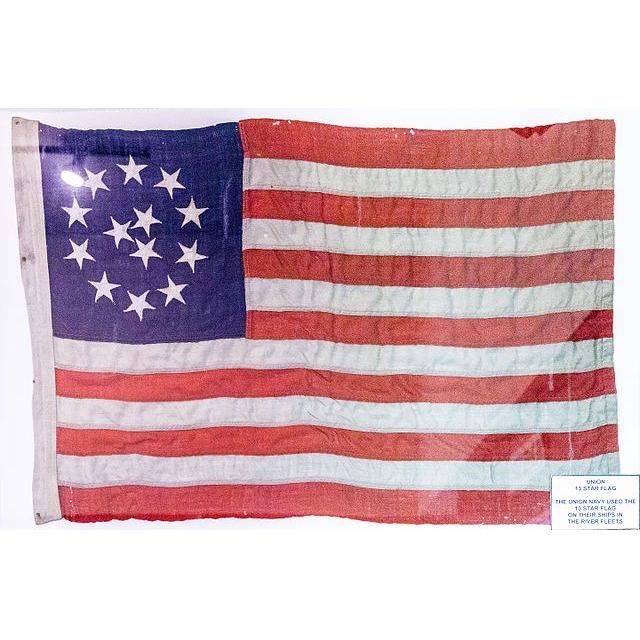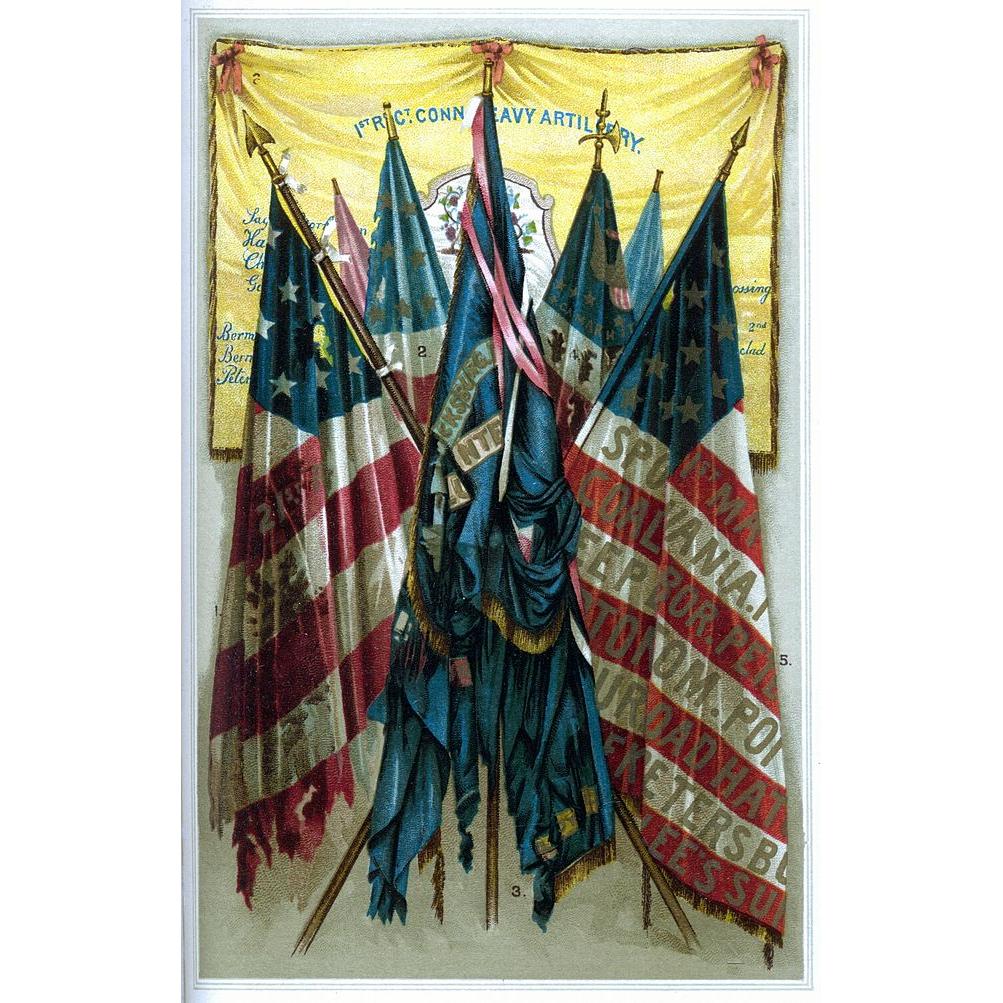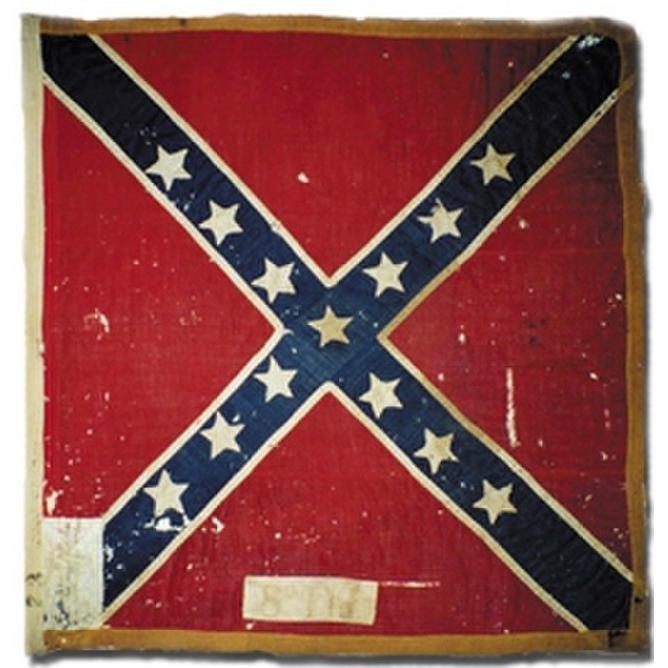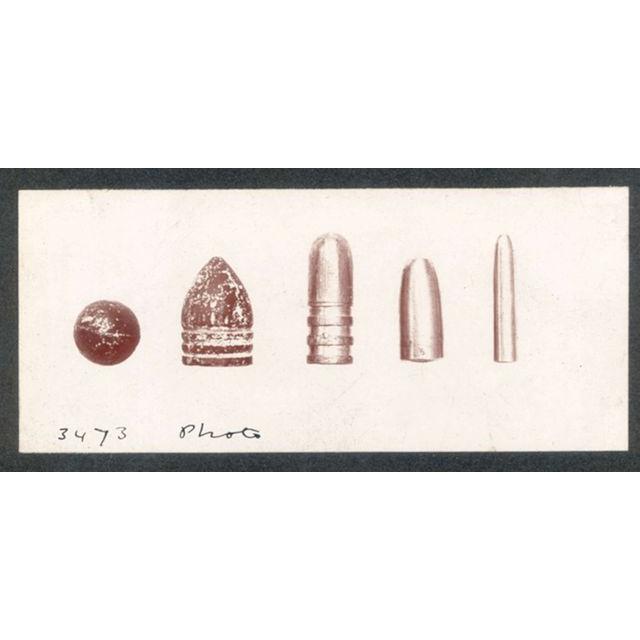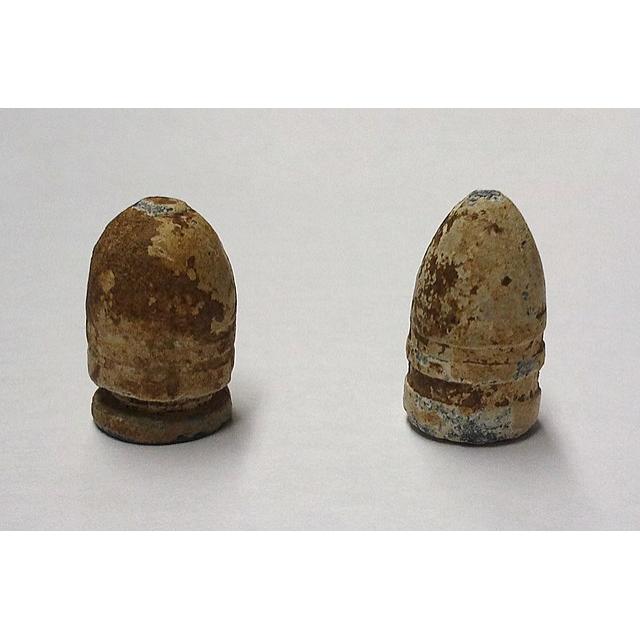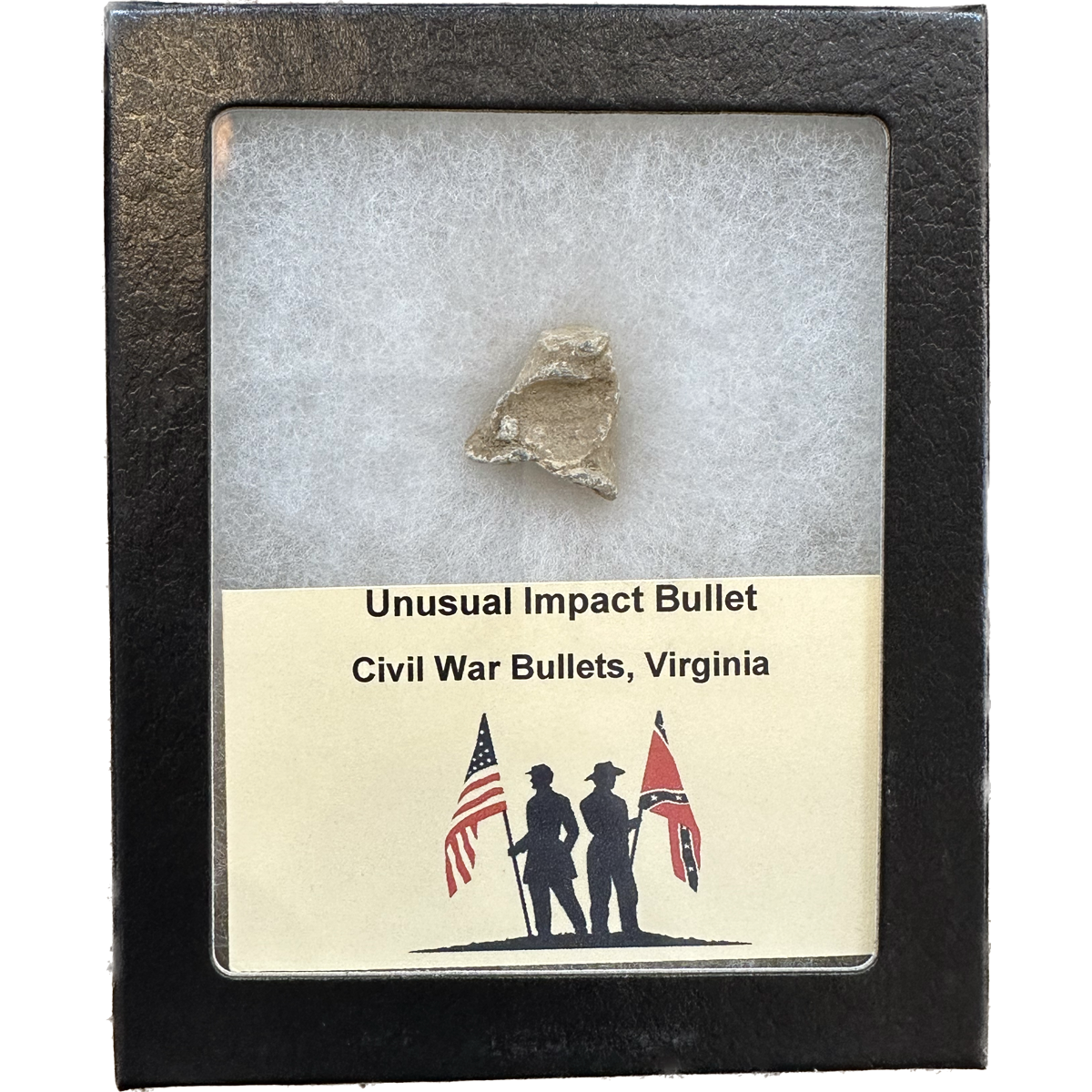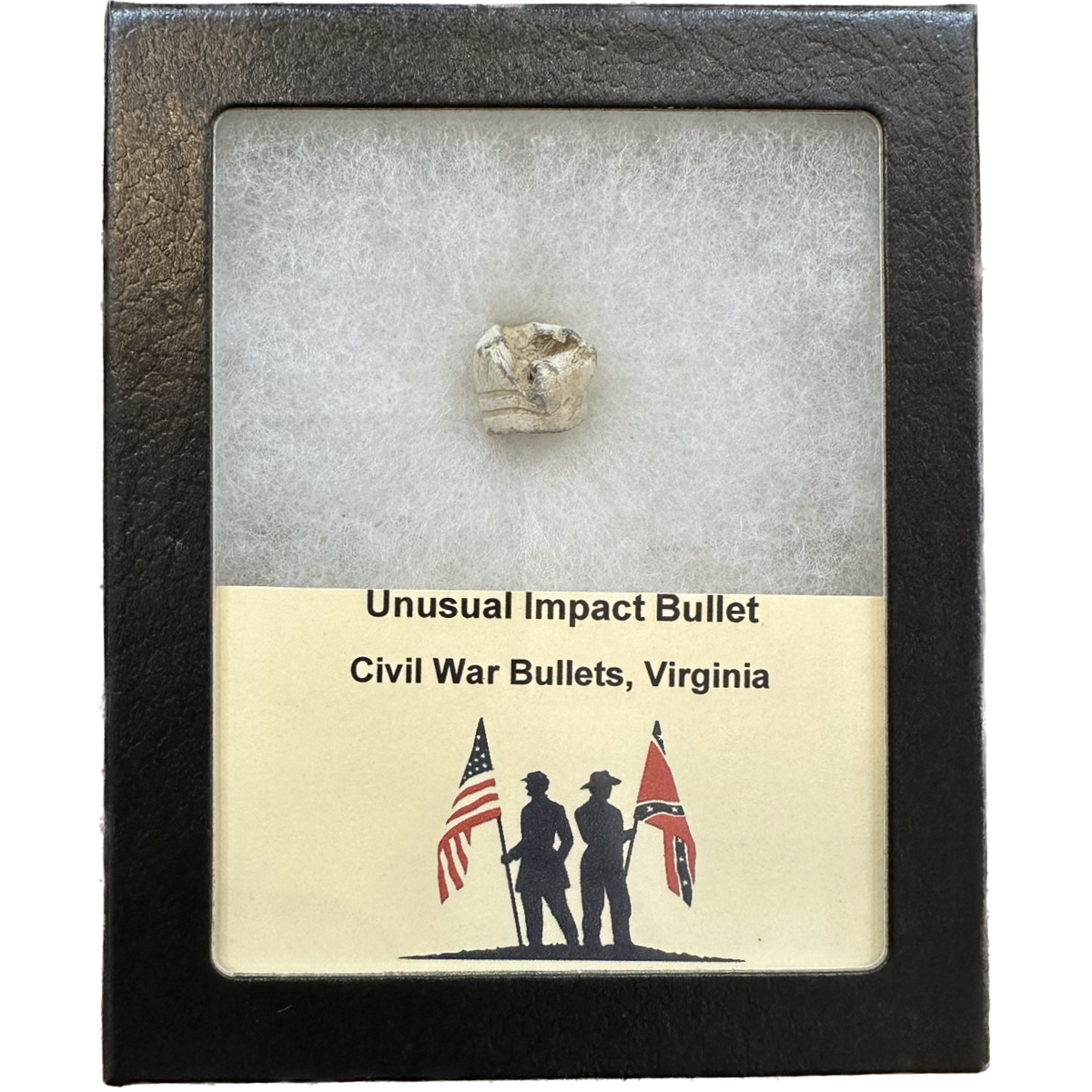This important Civil War bullet artifact shows how dangerous these bullets were. This pure oxidized lead round was found in Virginia. The Civil War was one of the most important historical events for the America. This 100% genuine artifact is beautifully displayed in a glass covered riker box.
The American Civil War erupted primarily due to long-standing tensions between the Northern and Southern states over issues such as slavery, states’ rights, and the expansion of the institution of slavery into newly acquired territories. By the mid-19th century, the Northern states, which had embraced industrialization and favored a stronger central government, clashed with the Southern states, where agriculture, particularly cotton cultivation reliant on slave labor, was the dominant economic activity, and states’ rights were fiercely defended.
Several key events led to the outbreak of war, including the election of Abraham Lincoln, a Republican opposed to the expansion of slavery, as President of the United States in 1860. South Carolina, followed by six other Southern states, seceded from the Union in protest, forming the Confederate States of America. The conflict officially began on April 12, 1861, when Confederate forces attacked Union-held Fort Sumter in South Carolina.
The American Civil War witnessed some of the bloodiest battles in U.S. history, including Gettysburg, Antietam, and Shiloh, where hundreds of thousands of soldiers lost their lives. The war also saw significant technological advancements in warfare, such as the use of ironclad warships, rifled artillery, and the widespread use of railroads for troop transportation and logistics.
Throughout the war, President Lincoln’s primary goal was to preserve the Union, initially avoiding the issue of slavery. However, as the conflict progressed, the Union’s military successes and moral imperatives led to the Emancipation Proclamation in 1863, which declared slaves in Confederate-held territory to be free. This shifted the war’s focus towards ending slavery and providing African Americans with greater civil rights.
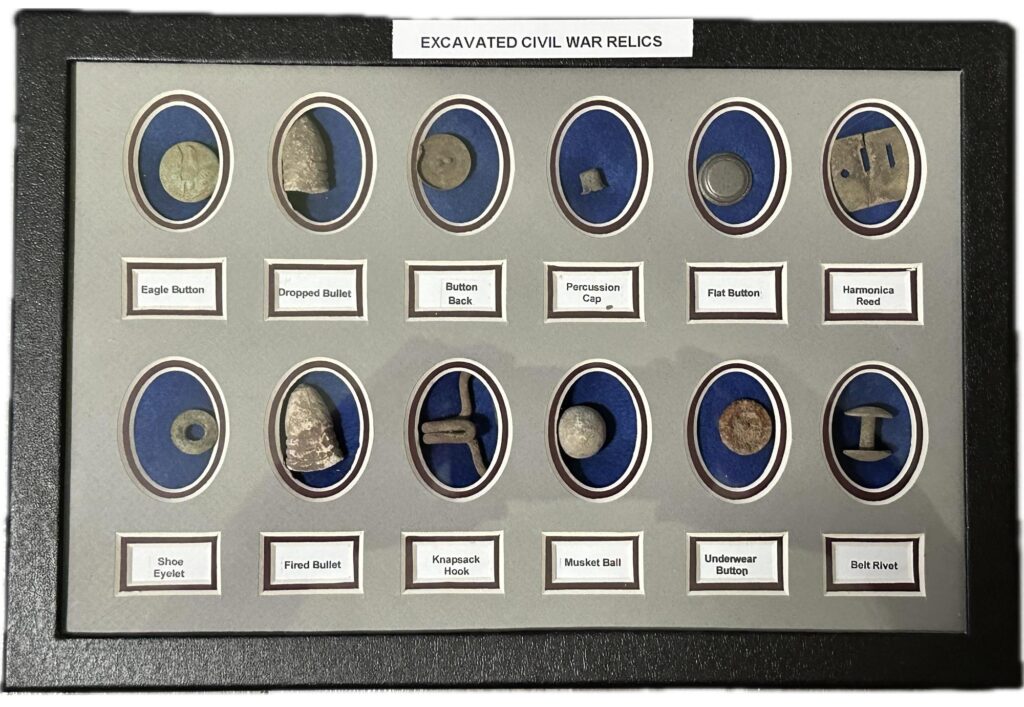
The Union’s eventual victory in 1865 resulted in the abolition of slavery nationwide with the passage of the Thirteenth Amendment to the U.S. Constitution. However, the war left a deep scar on the nation, with over 600,000 soldiers dead and much of the South in ruins. Reconstruction efforts aimed to rebuild the Southern states and integrate newly freed African Americans into society, but they were met with resistance and violence from white supremacist groups, leading to a long and painful process of racial reconciliation and civil rights struggles.
Civil war artifacts hold immense historical significance as tangible remnants of these turbulent periods in history. These artifacts include weapons, uniforms, personal items, letters, diaries, photographs, and battlefield relics. Each artifact provides valuable insights into the experiences of those who lived through the conflicts, shedding light on the daily lives of soldiers, civilians, and the broader social and cultural contexts of the time.
Civil war artifacts serve multiple purposes. They provide historical documentation, offering concrete evidence of past events and helping historians reconstruct the narrative of the conflict with greater accuracy. These artifacts also serve to preserve the memory of soldiers and civilians who lived through these tumultuous times, ensuring that their stories are not forgotten. Museums and historical organizations often display civil war artifacts as part of exhibitions and educational programs, allowing visitors to engage with history in a tangible way. These artifacts help bring the past to life, fostering greater understanding and empathy for the experiences of those who lived during these periods of upheaval. Additionally, civil war artifacts are part of the cultural heritage of nations and communities affected by the conflicts, symbolizing resilience, courage, and the enduring human spirit in the face of adversity. By preserving these artifacts, societies can honor their shared history and heritage for future generations.
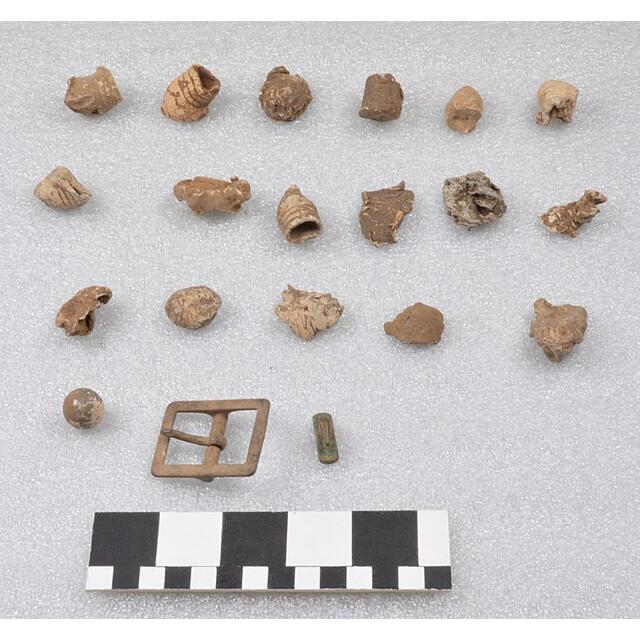
Civil War bullets and musket balls are among the most iconic artifacts from the American Civil War, reflecting the deadly weaponry and tactics employed during this tumultuous period in American history. These projectiles played a crucial role in shaping the outcome of battles and the overall course of the conflict.
During the American Civil War, soldiers on both sides were armed with a variety of firearms, including rifles, muskets, and handguns. The standard infantry weapon of the time was the rifled musket, which had a longer range and greater accuracy compared to smoothbore muskets. Rifled muskets were typically muzzle-loaded, meaning that soldiers would load gunpowder and a bullet down the barrel from the muzzle before firing.
Bullets used in rifled muskets were typically conical in shape, made of lead, and often coated in grease to ease loading and reduce fouling in the barrel. These bullets were commonly referred to as “minie balls” after their inventor, Claude-Étienne Minié. Minie balls were designed to expand upon firing, ensuring a tight seal with the rifling in the barrel, which improved accuracy and velocity.
Smoothbore muskets, although less accurate than rifled muskets, were still widely used during the Civil War, especially early in the conflict. Smoothbore musket balls were spherical projectiles made of lead, typically slightly smaller than the diameter of the musket bore to allow for easier loading. These musket balls were loaded down the barrel along with gunpowder and wadding, which helped create a tight seal and improve the efficiency of the firearm.
Civil War bullets and musket balls varied in size and weight depending on the type of firearm and ammunition used. Rifle bullets were generally larger and heavier than musket balls, with diameters ranging from .50 to .58 inches and weights ranging from 300 to 500 grains. Musket balls were typically smaller, with diameters ranging from .50 to .69 inches and weights ranging from 200 to 400 grains.
The impact of Civil War bullets and musket balls on the battlefield was devastating. These projectiles could inflict severe injuries and fatalities, causing immense suffering and loss on both sides of the conflict. Soldiers faced the terrifying prospect of being maimed or killed by incoming fire, leading to high casualty rates in many battles.
Today, Civil War bullets and musket balls are highly sought after by collectors, historians, and enthusiasts interested in the Civil War era. These artifacts serve as tangible reminders of the sacrifices made by soldiers and civilians during the conflict, providing valuable insights into the nature of warfare and the experiences of those who lived through it.
In addition to their historical significance, Civil War bullets and musket balls are important for archaeological research. Recovered projectiles can help archaeologists pinpoint the locations of Civil War battles and skirmishes, shedding light on troop movements, tactics, and the overall conduct of the war.
Prehistoric 101 (Learn about fossils, minerals, and meteorites)

